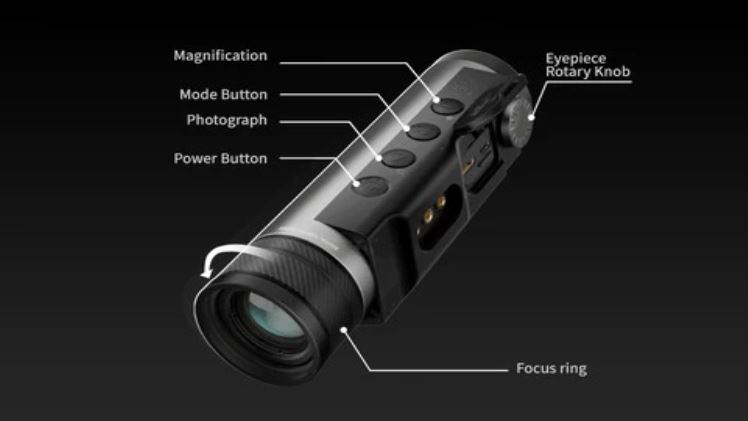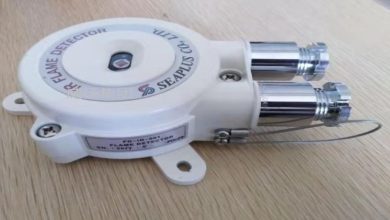The Range and Vision of Thermal Monoculars Explained Briefly

In the realm of night exploration and security, thermal monoculars emerge as pivotal tools, transforming the way we perceive our surroundings in the absence of light. These devices, sophisticated in design yet intuitive in use, offer a glimpse into a world invisible to the naked eye, revealing the heat signatures of living beings and objects with remarkable clarity. As the demand for such technology grows, understanding the nuances of detection range and field of view (FOV) becomes essential.
These two factors are crucial in determining the effectiveness of thermal monoculars across various applications, from wildlife observation to ensuring personal safety in the dark.
Thermal Monoculars Explained
Thermal monoculars harness the power of infrared radiation detection to unveil a hidden world of heat signatures emitted by all objects, both animate and inanimate. This advanced technology enables users to penetrate the veil of night, seeing clearly where traditional vision and even enhanced night vision devices falter. Unlike their night vision counterparts, which amplify scant ambient light to produce an image, thermal monoculars map the thermal energy of the scene before them, rendering a vivid picture based on temperature differences. This allows for unparalleled observation capabilities in scenarios devoid of light—be it in the dense cover of night, amidst the obfuscation of smoke and fog, or behind the natural camouflage of foliage.
These devices are invaluable across a spectrum of applications, from the precision demands of security and surveillance operations to the serene patience of wildlife observation. In security contexts, they provide a critical advantage, revealing the presence of intruders or subjects of interest hidden in shadows or blended into environments.
Detection Range
The detection range of a thermal monocular refers to the maximum distance at which it can effectively identify heat signatures. This range is influenced by several factors, including the sensitivity of the thermal sensor, the quality of the lens, and the overall design of the device. A longer detection range is particularly beneficial for activities such as wildlife observation, where maintaining a safe distance from animals is crucial. For security purposes, a wide detection range allows for early identification of potential threats, providing users with more time to react. When selecting a thermal monocular, consider the environments you’ll be exploring and choose a model with a detection range that meets your specific needs.
Field of View
The field of view, on the other hand, is the observable area that the device can display at any given moment. A wider FOV is advantageous for scanning large areas quickly, making it easier to spot movement or changes in the landscape. This feature is particularly useful in open spaces where the ability to monitor extensive areas can significantly enhance situational awareness. However, a wider FOV may result in a lower magnification, which could affect the detail visible at longer distances. Balancing the FOV with the intended use of the monocular is key to finding the right model. For instance, a narrower FOV might be preferable for detailed observation at greater distances, while a wider FOV suits broader scanning tasks.
Final thoughts
The detection range and field of view are two critical aspects to consider when choosing a thermal monocular. These features determine how far you can see and how much you can observe at once, directly impacting the device’s usefulness for your specific purposes. Whether you’re embarking on a nocturnal wildlife adventure, ensuring the security of a perimeter, or navigating challenging environments in the dark, selecting a thermal monocular with the appropriate range and vision capabilities is essential. By understanding these key factors, users can make informed decisions, ensuring they invest in a device that enhances their ability to see the unseen, unlocking the mysteries of the night with confidence and clarity.





